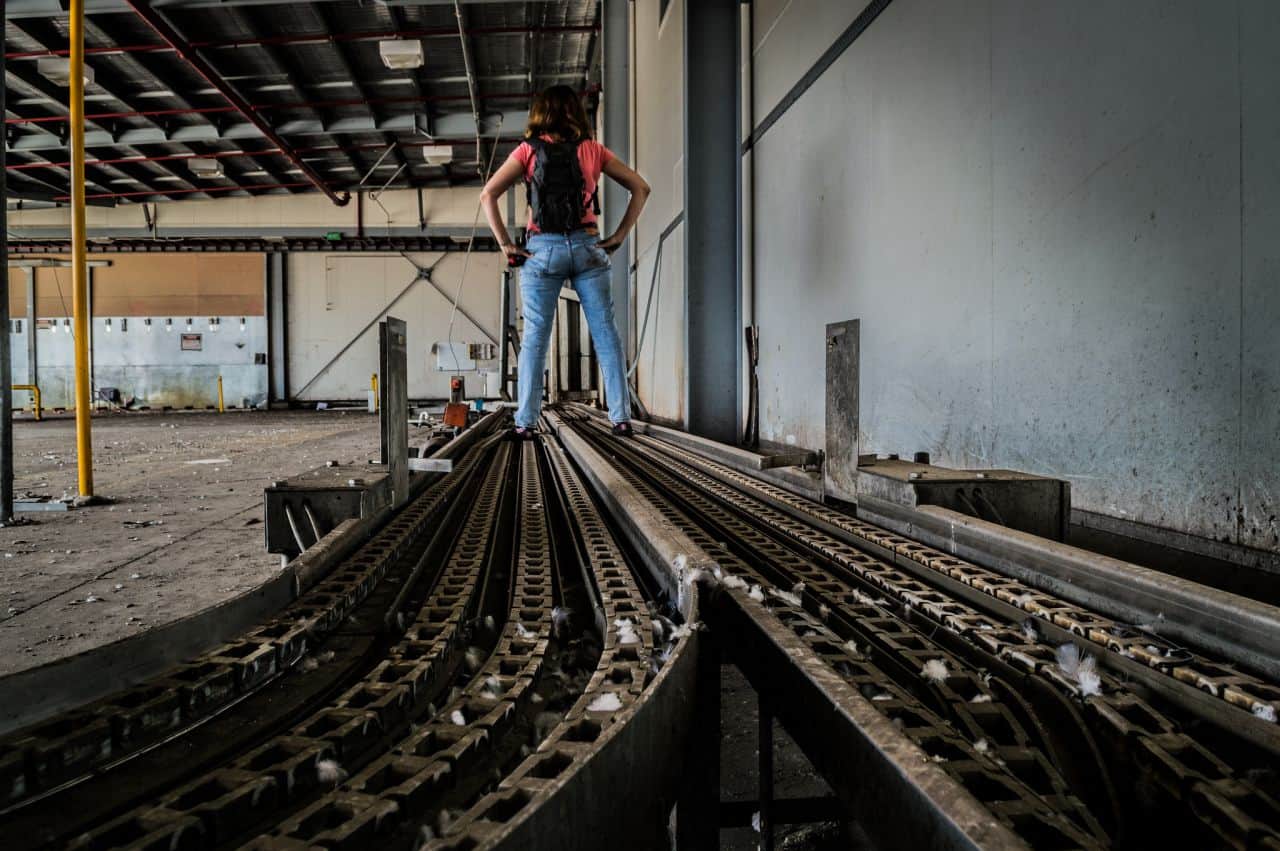Since the first canvas and leather conveyor belts made their way into our first factories around 200 years ago, this piece of kit has made itself invaluable in almost every factory in the world. As with every other type of machinery, there have been many innovations and improvements made to conveyor belts over the years, including the introduction of industrial chains from Renold and similar companies. Perhaps the fastest improvements have been as a result of digital tech coming in, making our factories safer and more efficient year by year.
Conveyor belts get a lot of attention when it comes to technological and digital innovation and improvements as they are one of the most important pieces of equipment the average factory has. Here’s a rundown of just a few of the ways advances in technology have made our conveyor belts better and better.
Belts with chain attachments
Chain attachments for conveyor belts are increasingly common, as they can move products and objects around, or turn them to the right angles and directions for the next production stage.
Vacuum conveyor belts
Some production facilities need their components and materials to stay flat to the surface of the belt, which makes vacuum belts ideal. These belts work because they have tiny perforations all over the surface, through which air is drawn downwards, sucking objects flat to it. Vacuum belts are also invaluable for conveyors that slope up or down or even upside-down.
Magnetic belts
These belts are a great innovation for the food production industry as they use magnets to search out metal pieces or shards in the food as it goes through its processing. If the belt detects metal, it stops so that it can be removed or rejected.
Pacing belt systems
These conveyor systems are used to space out components or materials at regular, pre-set intervals on the belt; factories which have a number of belts that meet, delivering different parts to workers, find these especially useful. If the delivery intervals for the components are set right, the workers can pick up part A, then part B, with enough time to fit them together.
Backlit conveyor belts
Many industries are now using backlit conveyor belts as these can reduce production errors by up to two thirds. They’re effective because workers can inspect components and finished items much more efficiently as the contrast between the surface of the belt and the objects is much sharper and enhanced.
What we can expect to see soon
Intelligent rollers and belts
Some conveyor systems have rollers with sensors embedded in them for measuring the weight and dimensions of the objects going over them. This extra layer of monitoring makes the quality of the output more consistent.
Faster belts to speed up and enhance productivity
One of the limits of conveyor belts as we have them now is the fact that they’re worked on primarily by humans. No matter how skilled, focused and efficient the humans are, they can only go so fast before they tire, need food or take a bathroom break. Belts can only go so fast before they become dangerous for the operatives, too, so once assembly tasks are automated, belts can go faster without the risks faced by human workers.

